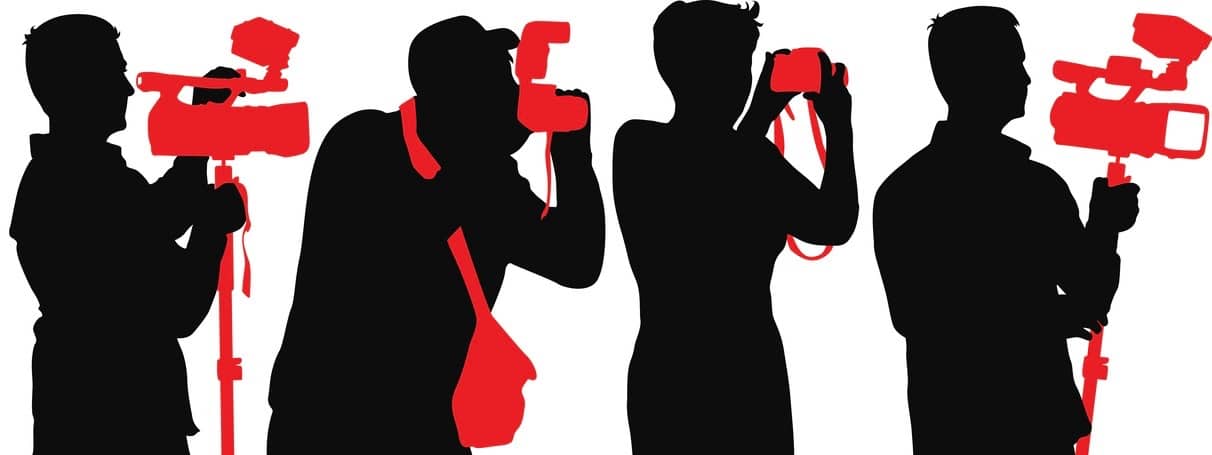Every organization has media events, and everyone thinks theirs is special, different, or worthy of news coverage. The truth is, journalists have seen many of these happenings before, covered them ad nauseam, and sometimes even ignore them altogether.
One way to entice cameras, of course, is creating a really great visual, something that they just can’t live without. But sometimes there’s nothing you can add visually, and some photo ops just don’t get reporters excited because they’ve been there, done that. That’s when it’s helpful to turn to the human story inside of your media event to generate great health system PR.
That party for underprivileged children? Not a big deal to jaded editors, but imagine if one of those kids is reunited with a military parent on leave during the party? We’ve seen these stories time and again, but there’s always interest because of the emotions involved.
Take a deep look at not only WHAT is happening at your media event, but WHO it is happening too. In any group, there’s usually one or two participants for whom the event is most meaningful. If you can find those people, and learn their backstories, you can more easily sell your event, because now it’s not merely a “photo op” but a human interest story.
A love story…broken
Take our health system client’s recent “virtual dementia tour,” for example. This is a recurring opportunity for caregivers and family members to literally walk in the shoes of dementia patients, such as Alzheimer’s sufferers, seeing what they see and experiencing what they feel through special goggles, gloves, headphones and shoe inserts. The virtual dementia tour is provided by a handful of companies around the country, which contract with hospitals, hospice companies, nursing homes and other organizations to deliver the experience to those with an interest.
In our research, we found that TV stations and some newspapers have covered virtual dementia tours when they’ve occurred in other markets, and one or two even covered a prior event in this health system’s service area of Philadelphia. On the one hand, that meant there’s proven interest in the topic among the media. On the other, it’s not particularly new. So how could we excite the media for this latest tour?
Upon learning that one woman signed up for the dementia tour because her husband, a patient at our client’s assisted living facility, had Alzheimer’s and wanted to see what he was going through, we were sold, and we thought we’d be able to entice the media with it too. We were told she’d be happy to talk with a reporter, and even accompany one through the dementia experience for the cameras (within the constricts of what the tour provider allows, for proprietary reasons).
This couple had been married for 65 years, and the husband has been suffering from dementia for the past nine. This was her chance to better understand what goes on inside his head, particularly since he is no longer able to speak. A local television health reporter was intrigued, and she determined early in the process that her story about the virtual dementia tour would be focused on this woman. The reporter even requested still photos of the couple in better times, which the wife was happy to bring along.
Coverage was not only assured, but it was now a highlight of that evening’s newscast. While most photo ops might, at best, merit a 45-second voiceover, now that this was about people, rather than a high-tech, visual event, the result was a nearly three-minute feature story.
Build people into your media event planning
When planning outreach for your media event, build into your plans the people who will be attending. Attempt to learn the following:
- What motivates them to be there?
- Why is this important to them?
- What is their “backstory” as it relates to this event?
- What will happen to them after the event, or how will things be different?
Not everyone’s going to have a relevant story, let alone one that might be newsworthy, so you might have to speak with several people, or staff or organizers who know some of them personally. But you’ll find it’s usually worth the effort.
It’s academic to say that all news is about people, but if you have a human face and a great story to complement an otherwise ordinary activity, your event becomes much more than an event.







